
Question and Answers Forum
Question Number 70159 by ajfour last updated on 01/Oct/19

Commented by ajfour last updated on 01/Oct/19

Answered by mr W last updated on 01/Oct/19

Commented by mr W last updated on 01/Oct/19
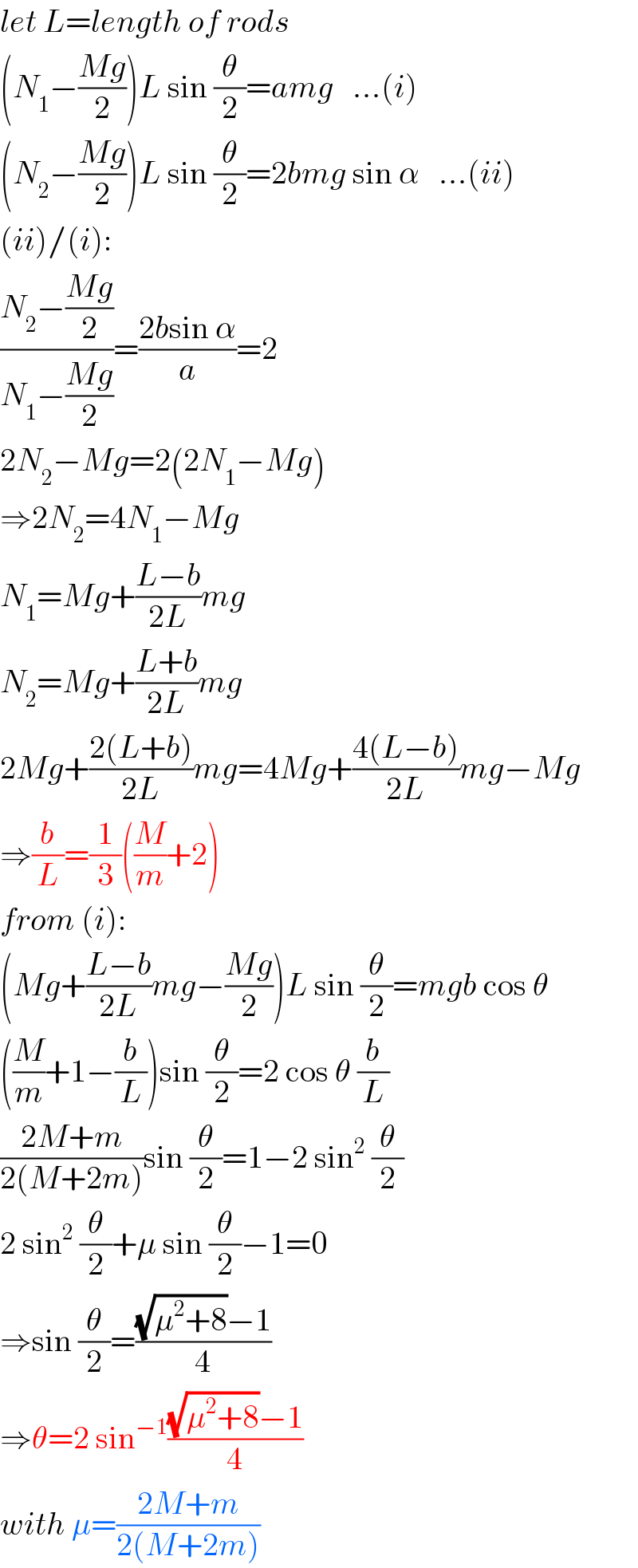
Commented by ajfour last updated on 01/Oct/19

Commented by ajfour last updated on 02/Oct/19
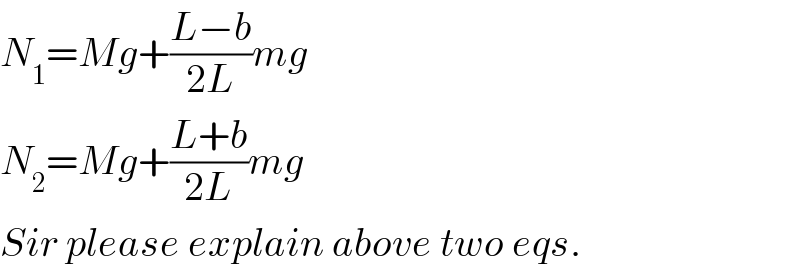
Commented by mr W last updated on 02/Oct/19
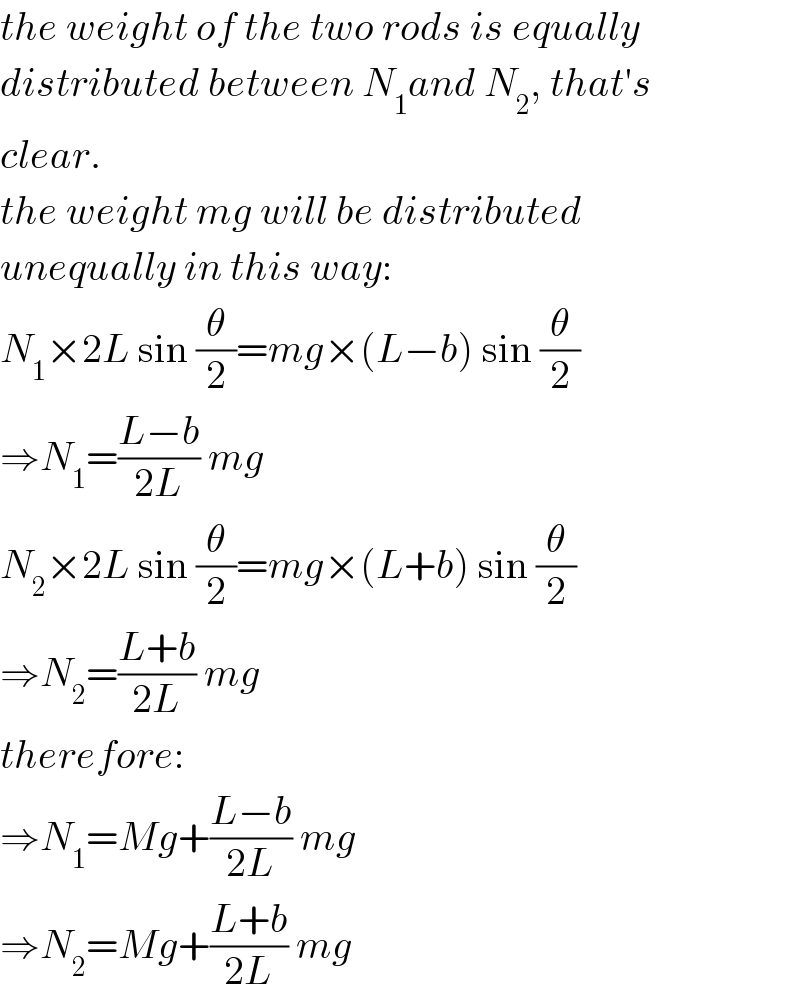
Commented by mr W last updated on 02/Oct/19
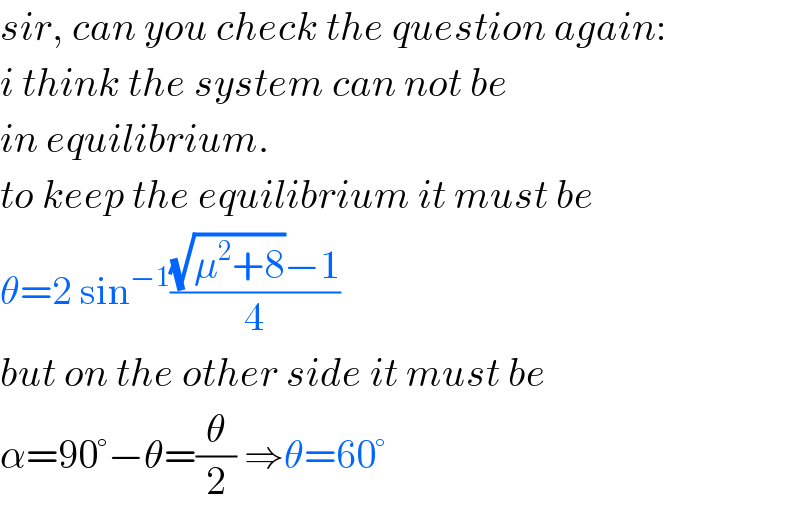
Commented by mr W last updated on 03/Oct/19

Commented by ajfour last updated on 04/Oct/19
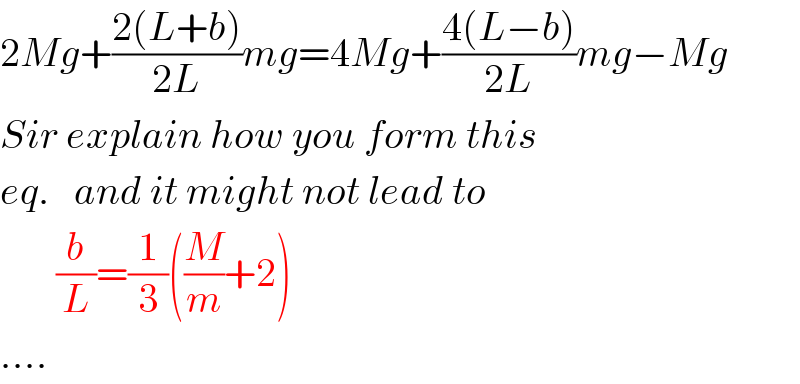
Commented by mr W last updated on 04/Oct/19
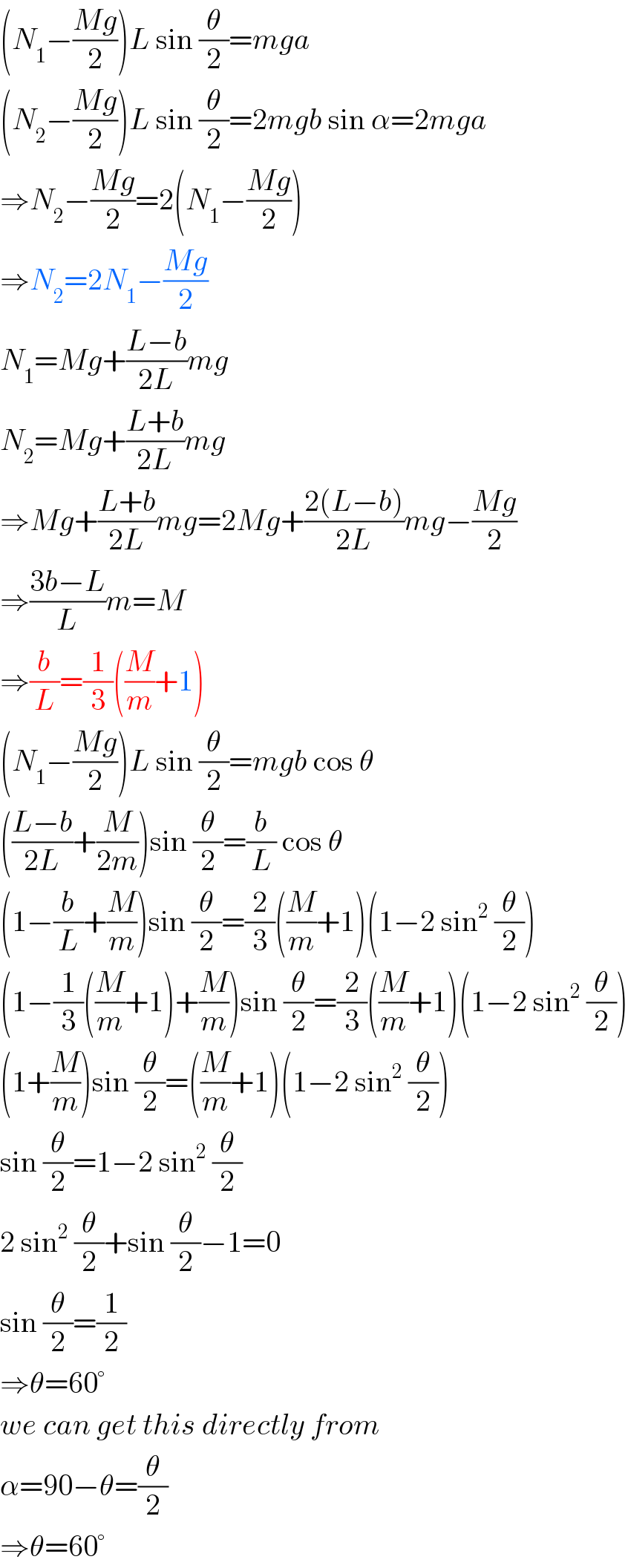
Commented by mr W last updated on 04/Oct/19

Commented by ajfour last updated on 04/Oct/19

